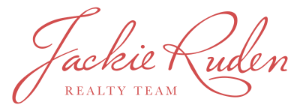There’s a lot of work involved in purchasing a home. People have to research properties, neighborhoods, and amenities. They usually attend several open house showings and review the pros and cons of each house that they visit before making an offer.
Homebuyers should have enough money saved for a down payment, as well as their monthly mortgage payments and utility bills when looking at houses. This is in addition to their existing expenses. It may take several weeks or months to accomplish this goal, but the end result of becoming a homeowner should make the effort very worthwhile.
Buying a home in Utah isn’t always easy. You have to pay attention to current trends and market conditions. Certain houses and neighborhoods may generate more interest than others. You may also have to deal with unexpected problems or delays along the way. Patience, persistence and a solid plan of action are keys to success.
Here are a few of the common costs associated with purchasing a house:
1. Down payment.
The down payment is usually the most expensive part of a home purchase. Traditional lenders typically ask for a down payment of at least 20 percent of the home’s sale price. Many buyers prefer to put more money down so that they have a lower remaining loan balance and lower monthly mortgage payments.
Certain loans offer down payments less than twenty percent. Conventional loans have down payments as low as three percent and FHA loans have down payments for as little as 3.5 percent.
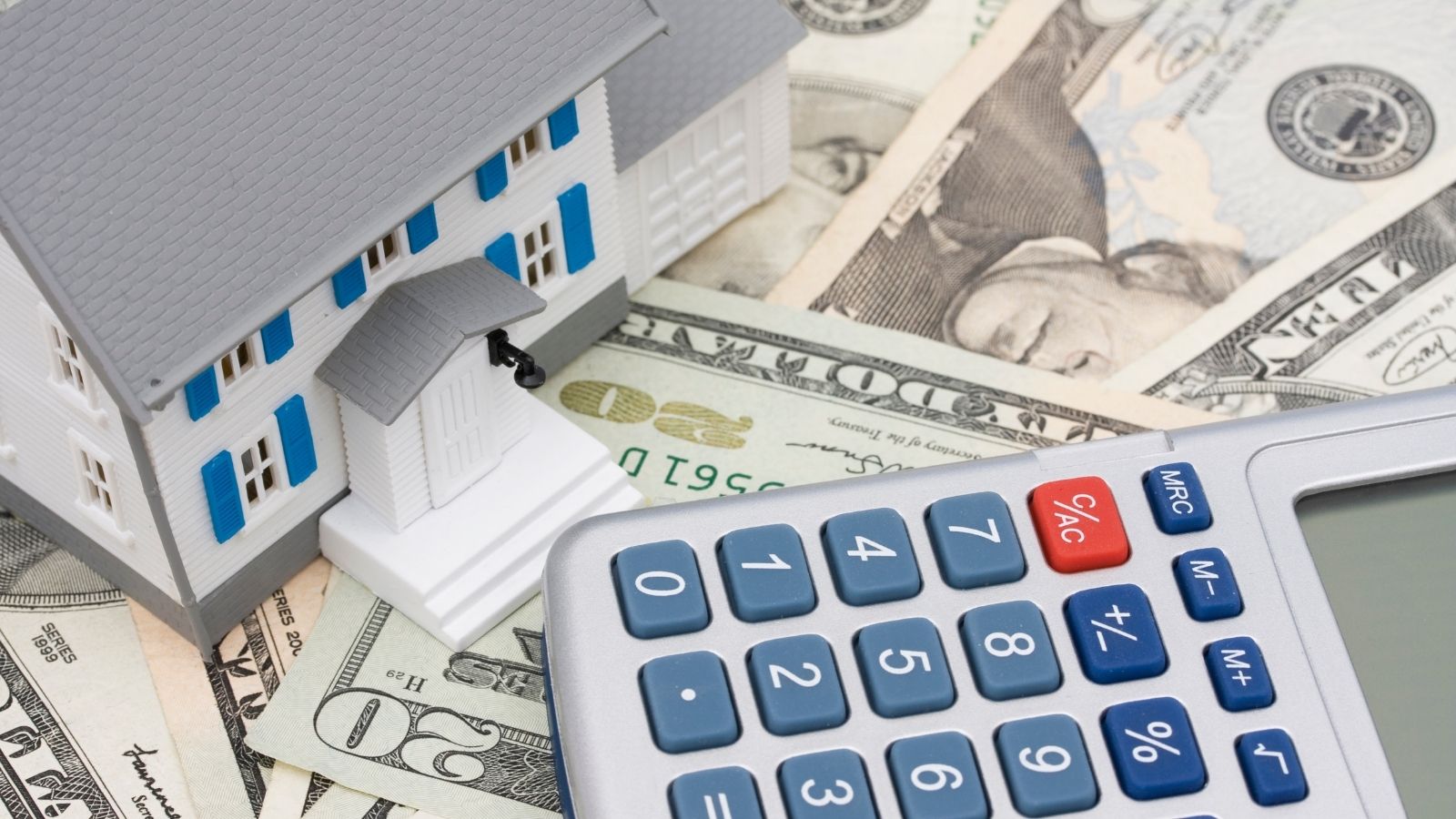
USDA loans and VA loans don’t require down payments. USDA loans have certain income requirements to qualify, and VA loans are only available to active or retired military members and their spouses.
Jumbo loans have down payments of anywhere from around ten to twenty percent on average. These kinds of loans are taken out on homes that are usually more expensive than traditional loans. Homes purchased with jumbo loans generally have asking prices of a half-million dollars or more.
2. Monthly mortgage payments.
After the down payment has been paid, you’ll have monthly mortgage payments once the sale has been completed. The exact amount of these payments will vary, according to the fees, mortgage rate, loan amount and down payment amount. Most monthly mortgage payments are no more than 25 to 30 percent of a homeowner’s average monthly income.
3. Monthly utility bills.
You’ll also have monthly utility bills. These fees cover water, sewer, natural gas, electricity and garbage collection for your property. The amounts can vary from month to month depending on the carrier and usage.
About a week or two before closing, contact your respective local utility service companies. You can have the same companies that were hired by the previous owner or you can select other businesses. Ensuring that you have the proper services will be one less thing to worry about when you move in.
4. Homeowners association dues.
If the house you purchased belongs to a townhome, condominium, or other types of homeowners’ association, there will be regular homeowners association dues. These dues may be billed monthly, quarterly, biannually or annually.
Most dues are typically around $100 per month or less. The association should provide you with exact amounts and due dates. You may be responsible for paying a prorated portion of these dues initially, depending on when the home was sold.
5. Property taxes.
Property taxes are typically assessed biannually. The amount that you’ll pay will be determined by the value of your home and where you live. These taxes range from 0.5 to 3 percent of the house’s sale price, on average.
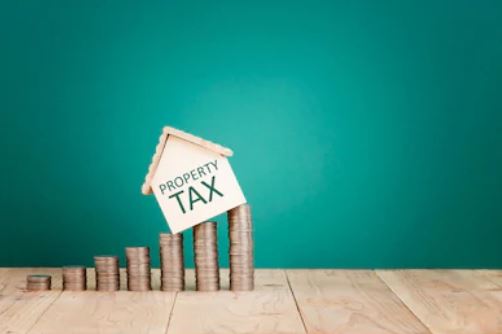
Your county assessor’s office or other respective local government offices should be able to provide you with the amount of property taxes that you’ll need to pay. You may be charged a prorated portion of these taxes based on when the property was purchased. Some lenders may collect these taxes as a part of your monthly mortgage payments.
6. Homeowners insurance.
Homeowners insurance isn’t always required, but it’s usually recommended. This kind of insurance coverage can protect you in case of vandalism, fire or smoke damage, wind or hail damage, personal property theft and damage caused to your home due to excess snow or ice on your roof. This is in addition to any earthquake or flood coverage that may be taken out.
The cost for homeowners insurance can vary. Most policies can be acquired for about $100 per month or less. You may be able to receive a discount if you already have other insurance coverage with the same company.
7. Reserves.
It’s a good idea to have enough money set aside in case of emergencies. A sudden job change, medical emergency, home repair or other crisis could occur when you least expect it. You should still be able to pay for your living expenses at any point.

Some lenders suggest having at least two to three months of reserves on hand or in the bank. A few of them may even require that borrowers have reserves before they are able to offer them a home loan. The amount that you save will be based on your own individual needs and budget.
8. Regular maintenance costs.
Owning a home is usually more expensive than renting an apartment. You’ll be responsible for keeping things in good condition. This is true whether you do all of the work yourself or if you hire professionals when needed.
Lawn care, landscaping and general cleaning are typical maintenance items. They could be anything from changing light bulbs when they burn out to planting new trees. What you spend will depend on what needs to be done.
9. Renovation, upgrade and repair costs.
There may be certain repairs, renovations or upgrades that you decide to make to your property. For example, you may decide to add a fire pit to your backyard. You could opt for new appliances and furniture when you move in.
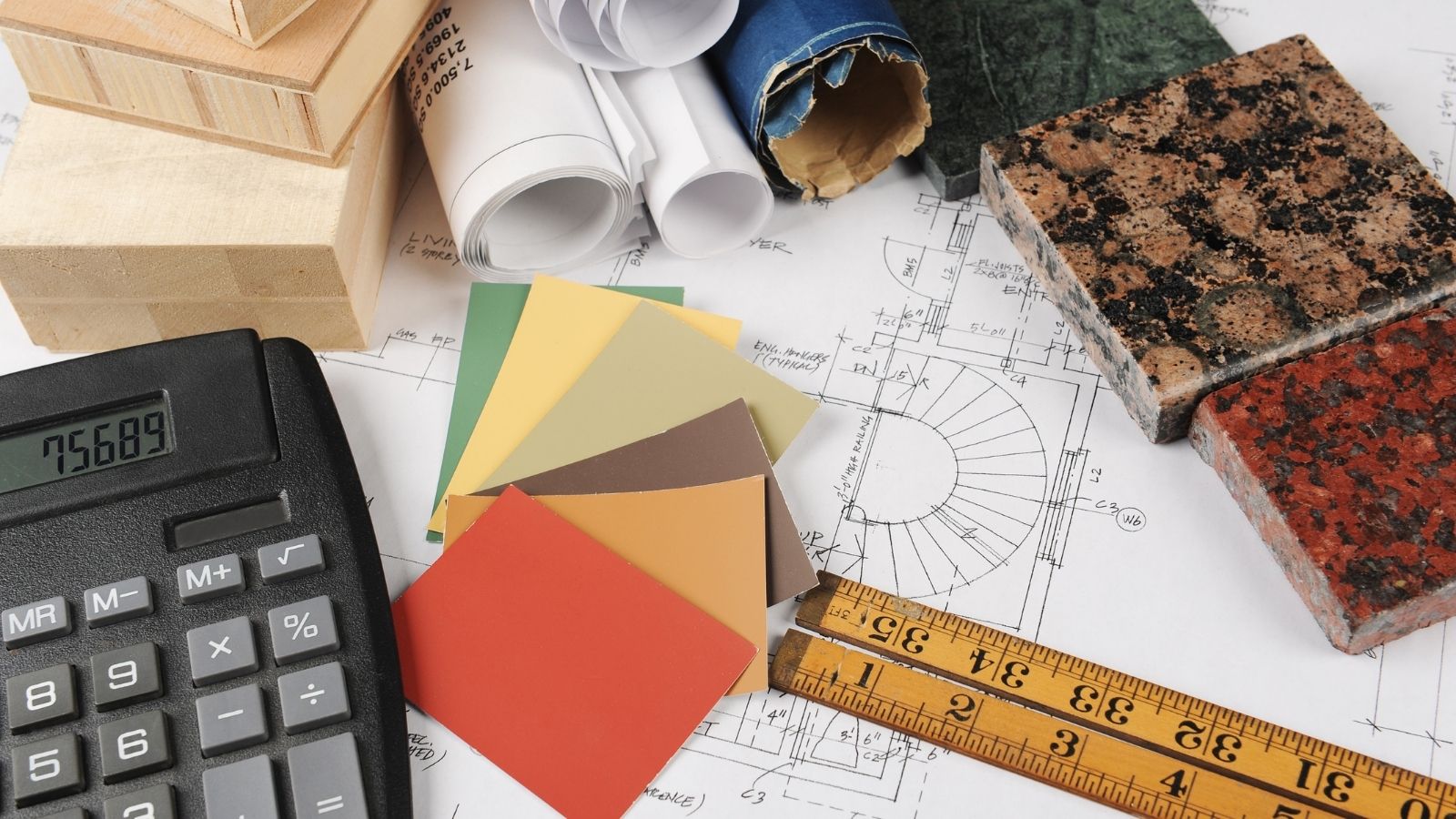
Calculating these costs can be tricky, because you rarely know how long appliances, electronics and other items will last. It’s difficult to determine when things will wear out or stop working. Many homeowners usually spend the equivalent of anywhere from around one to five percent of their home’s value each year on these costs.
10. Mortgage insurance.
Mortgage insurance is usually mandated when making a down payment on a home that’s less than 20 percent of the sale price. This kind of insurance protects lenders in case you should default on your home loan. Lenders want more reassurance that the mortgage loan will be paid back on time.
Mortgage insurance is typically billed monthly or annually. It’s usually around one to three percent of the home’s total sale. Most mortgage insurance payments are added to your total monthly mortgage payments.
11. Closing costs.
Homebuyers are expected to pay certain closing costs. These are expenses and fees that are charged to close on the property. Sellers also pay closing costs in specific situations.
Most closing costs are around two to six percent of the home’s sale price. A loan origination fee, an appraisal fee, a title search fee and any applicable inspection or appraisal fee are typical components of buyers’ closing costs. You may be able to negotiate particular closing costs with the seller before the transaction has been completed.
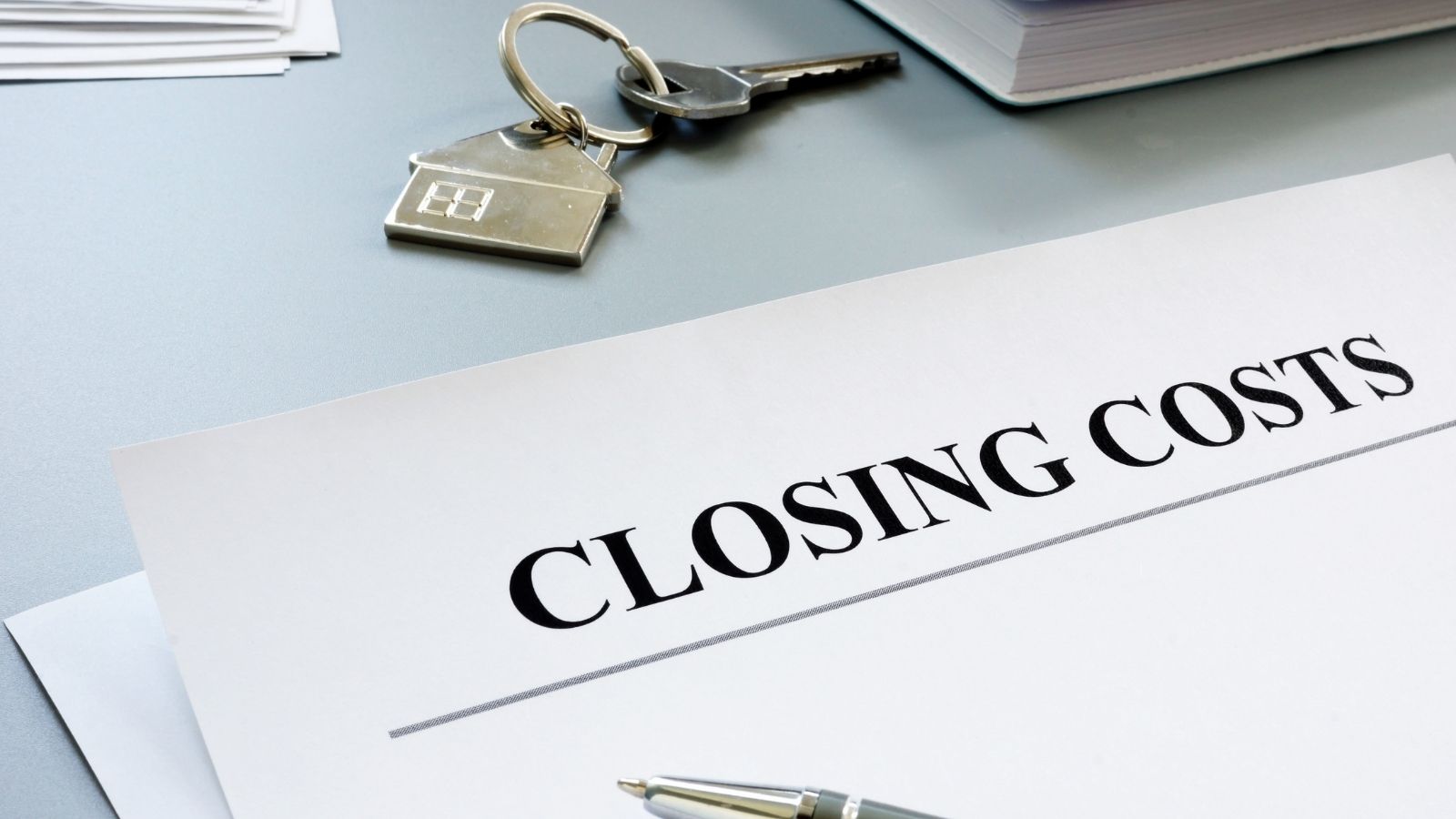
Your realtor and lender can help you understand what many of your estimated costs should be. You can start saving as soon as possible. Review your current income and expenses and start setting goals for yourself. Before you know it, you’ll own the kind of house that you’ve always wanted. You can start looking forward to making lasting memories in your new home for many years to come.
Contact Jackie Ruden Realty Team
Give us a call today at (435) 272-7710 to set up a time to discuss your current and future real estate goals in regards to buying a home or buying a property in trust. We look forward to working with you to make your goals a reality.
